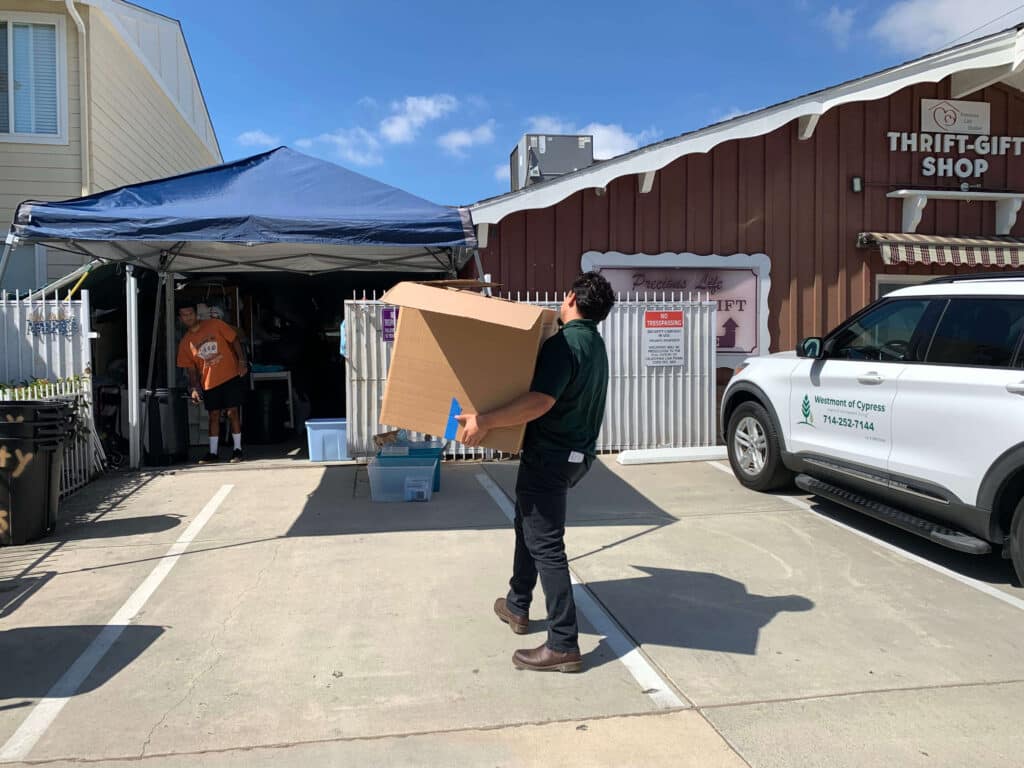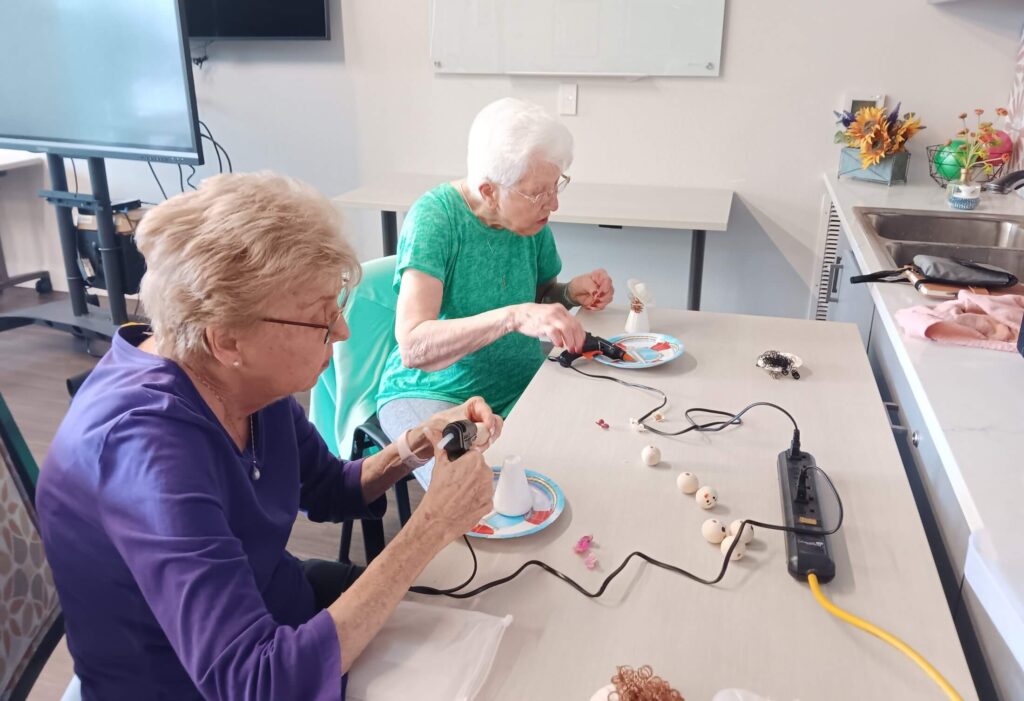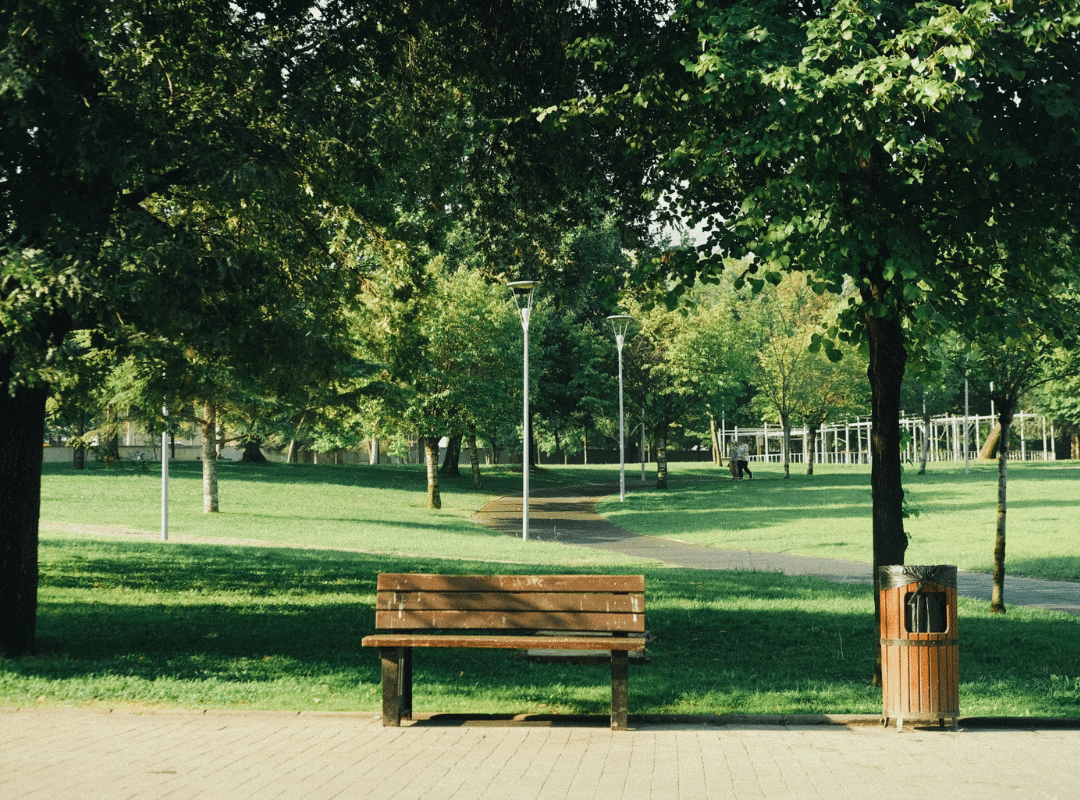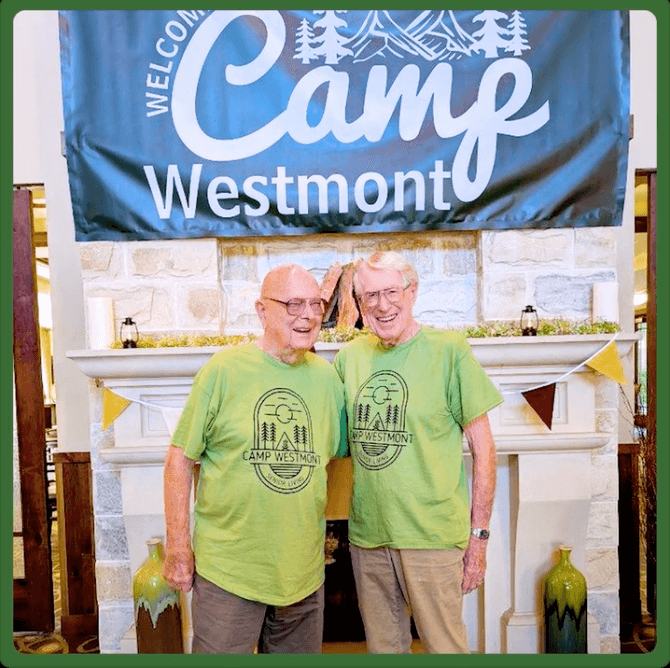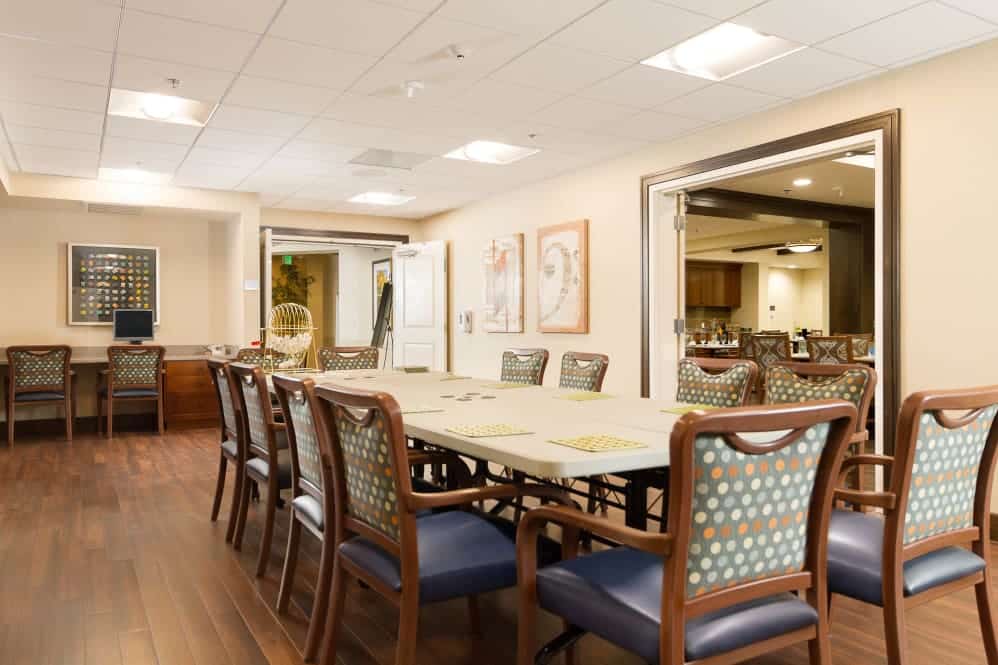Exploring senior communities in California offers more than just a place to live – it introduces a vibrant lifestyle built on connection, comfort, and convenience. Whether you’re seeking independence, social engagement, or personalized care, California provides a diverse range of communities tailored to meet your needs.
From scenic coastlines to mountain retreats, senior communities in California are ideal for those ready to embrace a lifestyle filled with opportunity and support. Communities like Westmont of Chico bring the best of these offerings to life with personalized amenities and engaging programs that inspire joy and independence.
For more information, visit our website at Westmont of Chico.
Diverse Living Environments Across the Golden State
When you envision retirement, imagine life in one of the best retirement communities in California, where every day is an opportunity to experience something meaningful. Whether nestled in tranquil valleys or located along the coast, senior communities in California provide diverse living environments to suit every preference.
California’s 55-plus communities embrace a lifestyle that balances comfort with adventure. Whether you’re visiting coastal boardwalks, enjoying wine country, or simply relaxing in sunlit courtyards, you’ll thrive in an environment that fosters freedom and connection. These spaces also ensure safety and comfort with access to temporary housing options during emergencies.
For more guidance on planning your future retirement lifestyle, consider resources from the National Institute on Aging.
Resort-Style Amenities for Active Seniors
In the heart of the best retirement communities in Southern California, you’ll find resort-style amenities that feel like a dream vacation. These amenities include sparkling swimming pools, walking paths, and fitness centers designed with older adults in mind.
The new 55+ communities in California are thoughtfully planned to support active lifestyles. From on-site art studios and meditation gardens to outdoor patios for social events, every feature is designed to keep you moving, smiling, and thriving. At Westmont of Chico, residents enjoy beautifully maintained outdoor spaces and engaging opportunities to connect with others.
Whether you’re interested in yoga, gardening, or gourmet dining, these communities are more than homes—they’re thriving environments that promote happiness and wellness. Learn more about essential senior living amenities and their mental health benefits.
Promoting Independence Through Assisted Living
California’s senior communities offer more than scenic views – they are rooted in empowerment and independence. Assisted living communities like Westmont of Chico ensure that residents can enjoy freedom while having access to personalized care.
A core element of senior communities in California is the support system tailored to your needs. These communities encourage independent living while providing just the right amount of help. Whether it’s medication management, personal hygiene assistance, or mobility support, the focus remains on maintaining autonomy.
Additionally, social connection is prioritized to reduce isolation and foster meaningful friendships.
Tailored Support Services
Support services are not one-size-fits-all. Each resident receives a customized care plan developed with their unique needs and preferences in mind. These services, offered by compassionate professionals, ensure that you receive dignified care while preserving your lifestyle choices.
This personalized approach allows seniors to age in place with peace of mind, knowing their community grows with them. For additional insights on the value of tailored support, visit Advantages of Assisted Living Services.
Engaging Social Activities
An active lifestyle goes beyond physical activity – it includes intellectual, emotional, and social wellness. Senior communities in California offer creative workshops, game nights, themed dinners, and more.
From painting to book clubs, these engaging programs stimulate the mind and build friendships. At Westmont of Chico, senior care center activities are thoughtfully planned to inspire joy and community involvement.
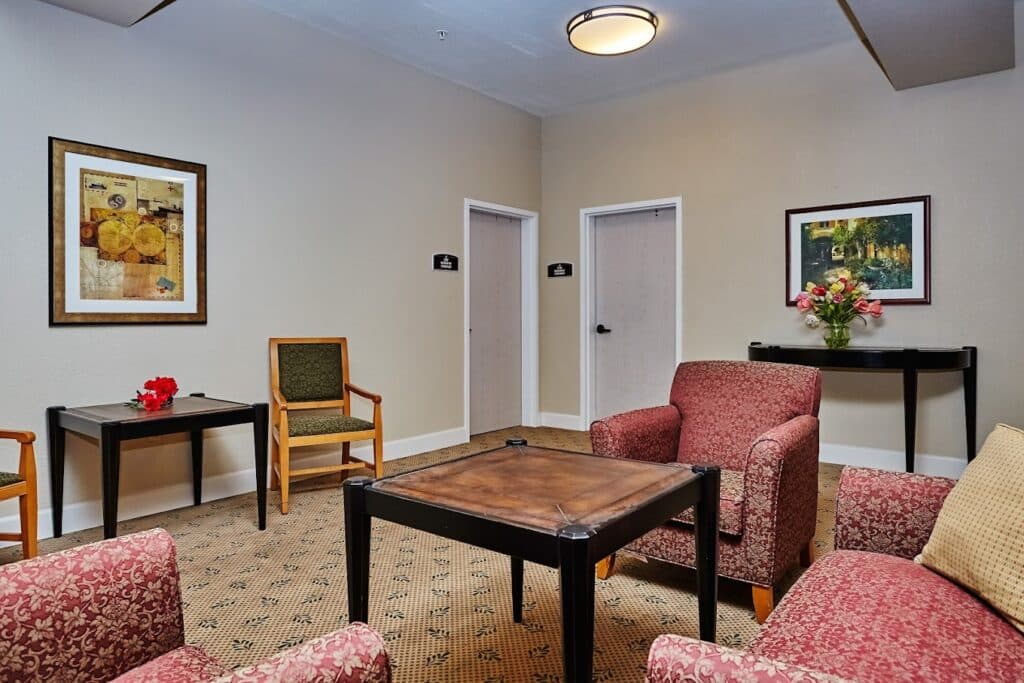
Specialized Memory Care Programs
If your loved one is living with cognitive challenges, memory care communities in California offer hope, structure, and support. These programs are essential in 55-plus communities in California for rent that include specialized care units.
Trained staff provide consistent, compassionate care tailored to each individual’s journey. With engaging memory activities and secure environments, residents experience dignity and connection.
Tailored Engagement Activities
Art therapy, musical sessions, and memory games are just a few ways that senior communities in California support cognitive wellness. These activities are structured to promote interaction, memory retention, and happiness.
Creating daily routines infused with purpose, these programs enrich the lives of residents and offer peace of mind to families. This attention to detail ensures that your loved ones feel respected and loved.
Supportive Staff Training
Caregivers in memory care communities receive ongoing training that equips them to meet the unique needs of residents with dementia and Alzheimer’s. Their understanding and patience create a safe, nurturing atmosphere that encourages confidence and well-being.
Choosing a community that prioritizes staff education demonstrates a commitment to providing exceptional care and emotional support.
Engaging Community Activities and Socialization
Community events bring people together in meaningful ways. From movie nights to potlucks and service opportunities, residents enjoy vibrant social calendars that nurture friendships.
For those seeking connection, new 55+ communities in California provide enriching daily activities to keep life exciting. Sharing experiences with peers who have similar values and stories creates a strong sense of camaraderie and belonging.
Whether you enjoy music, nature, or technology, these communities provide the freedom to explore your interests.
Access to Natural Beauty and Local Attractions
California is world-renowned for its natural beauty, and senior communities in California take full advantage of this. From breathtaking sunsets over the Pacific to peaceful mountain trails, the state is an oasis for exploration.
Local attractions like national parks, cultural museums, and historic towns are within reach. Enjoy weekend trips to wine country, coastal beaches, or botanical gardens as part of your active retirement lifestyle.
Nature isn’t just scenery—it’s therapy. Being close to it supports mental clarity, physical health, and emotional peace. Take time to connect with the world around you and rediscover your passions.
For outdoor destination inspiration, visit the California Department of Parks and Recreation.
Warm and Welcoming Community Atmosphere
What sets Westmont of Chico apart is the atmosphere, where friendliness and connection thrive. This welcoming spirit transforms a collection of residences into a true community. Here, you’re more than a resident—you’re a valued neighbor.
Residents enjoy regular social outings, holiday parties, and opportunities to give back through volunteerism. The community fosters a strong sense of unity and shared purpose, turning neighbors into lifelong friends.
| Feature |
Benefit |
Example Activity |
| Weekly Socials |
Encourages bonding |
Movie & Game Nights |
| Excursions |
Inspires exploration |
Trips to local museums |
| Volunteerism |
Builds meaning |
Animal shelter visits |
The result? A fulfilling, joyful lifestyle built around support, celebration, and service.
Begin Your Journey Toward Joyful Retirement
Living in senior communities in California means choosing fulfillment, wellness, and connection. Whether you’re looking into 55-plus communities in California for rent or exploring the best retirement communities in Southern California, you’ll find comfort, security, and enrichment.
Communities like Westmont of Chico offer everything you need to live with dignity, adventure, and purpose. From supportive staff to vibrant social programs and stunning natural beauty, every element is designed to help you flourish.
To learn more about Westmont of Chico, call us at 530-767-3886 or schedule a tour today!
Frequently Asked Questions
Where do most seniors live in California?
Most seniors in California tend to live in areas with mild climates, access to healthcare, and strong community support. Popular cities include Los Angeles, San Diego, San Francisco, and Sacramento. Many retirees also prefer smaller towns with 55+ communities such as Palm Springs, Santa Rosa, and Oceanside. These areas offer a mix of independent living, assisted living, and retirement community options tailored to seniors’ needs.
How much does it cost to live in a 55+ community in California?
The cost to live in a 55+ community in California varies based on location, amenities, and housing type. Monthly fees can range from $1,500 to over $4,000, depending on whether the community offers independent living, assisted services, or luxury amenities. In high-demand areas like Southern California, prices tend to be higher. Some communities may also charge entrance fees or homeowners association (HOA) dues.
What is a 55+ community in California?
A 55+ community in California is a residential neighborhood designed for adults aged 55 and older. These communities often feature age-restricted housing, social activities, and amenities such as clubhouses, fitness centers, and maintenance services. They promote active lifestyles while providing a sense of community and security. Many also offer varying levels of care and support as residents age.
Can I live in a senior community in California?
You can live in a senior community in California if you meet the age requirement, typically 55 years or older. Some communities allow younger spouses or partners as long as one resident meets the age threshold. It’s important to review each community’s rules, as eligibility may vary based on services offered. Many communities welcome independent seniors as well as those needing minimal care.
